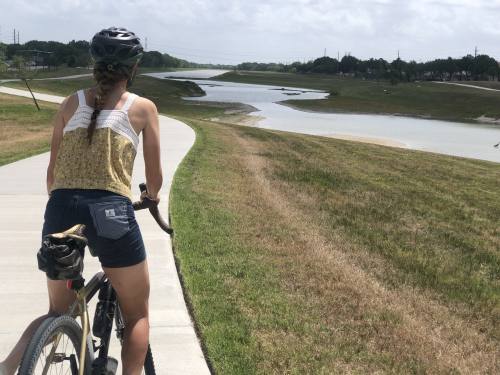Tomball | Magnolia
Tomball, Magnolia school districts maintain enrollment despite alternative schooling options
Tomball and Magnolia ISDs were among the districts in northwest Houston with the lowest student transfer rates for the 2023-24 school year, Texas Education Agency data shows.






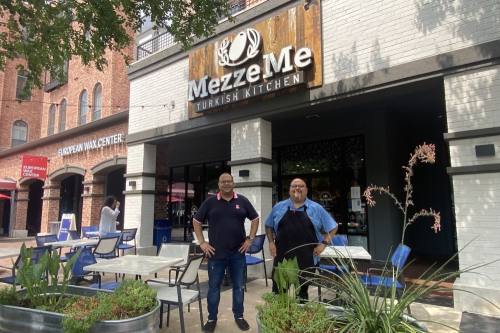
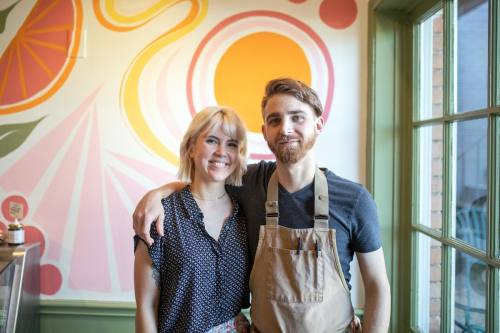
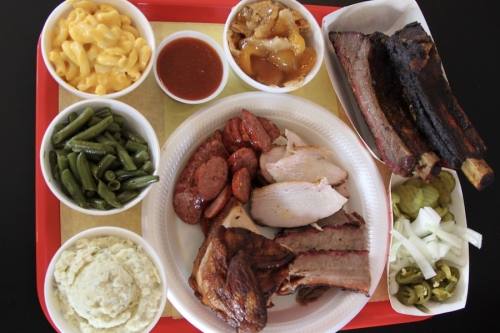
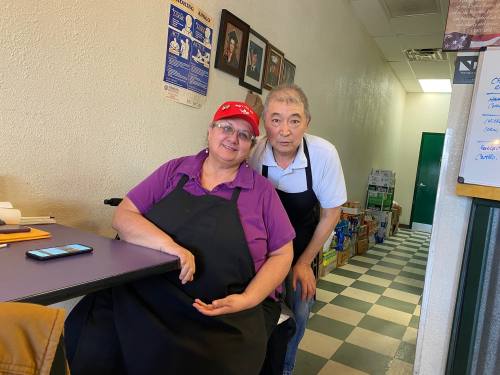





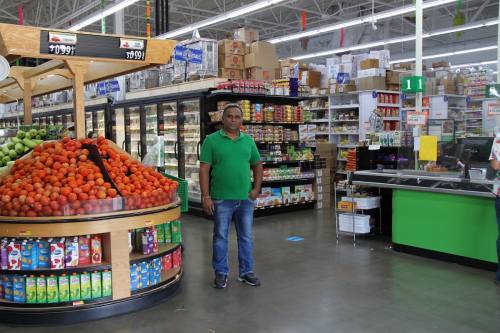



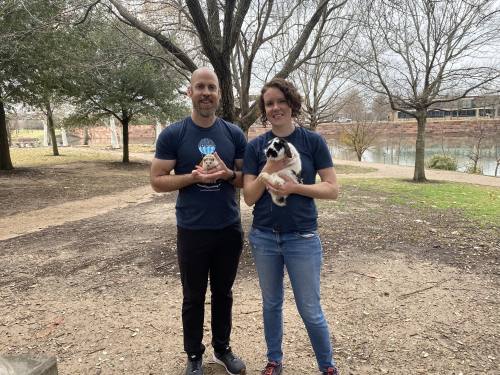
 Be the reader to
Be the reader to 